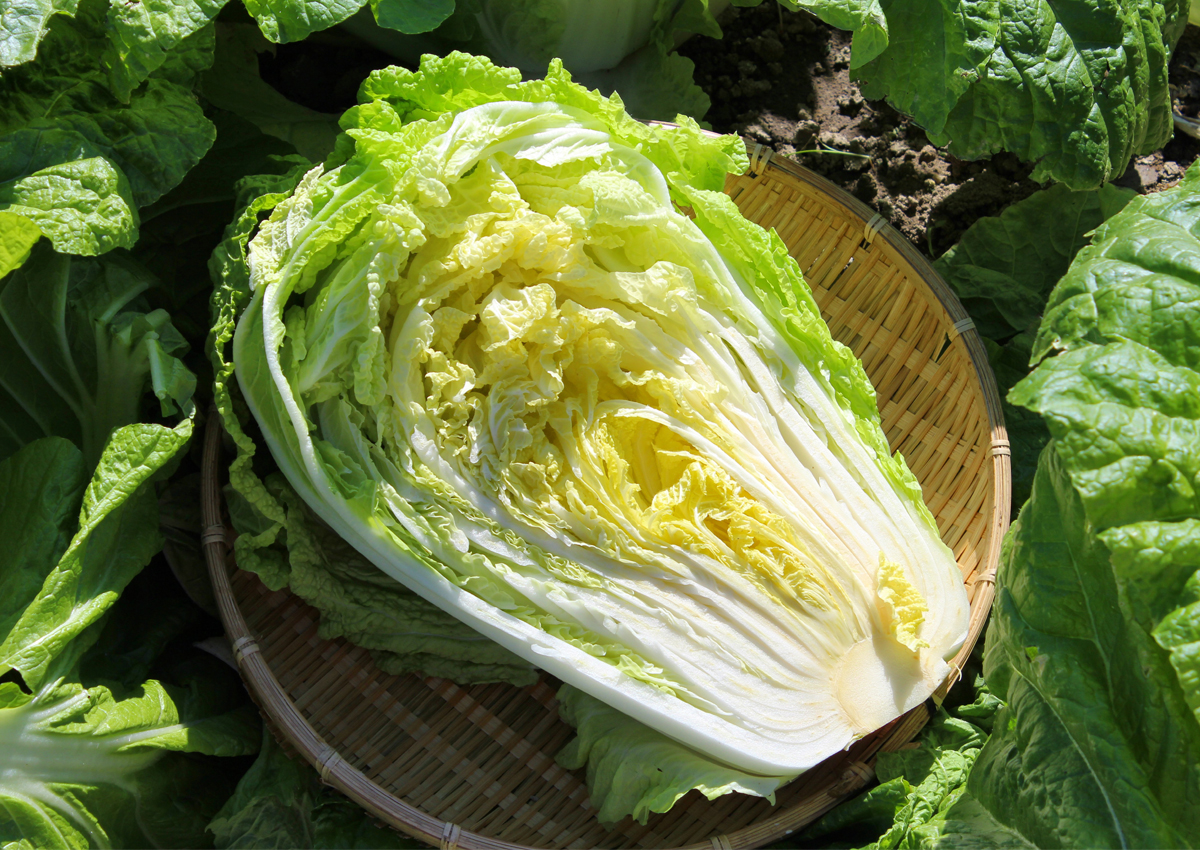
Flowering Mechanism in Brassica rapa Leafy Vegetables Now Revealed
November 13, 2019| |
A cross-institutional group of post graduate students and researchers from Japan's Kobe University, Niigata University, NARO Japan, and CSIRO in Australia has revealed the role of genes in controlling flowering time in the Brassica rapa family. The B. rapa family is made up of leafy and root vegetables including Chinese cabbage, pak choi, turnip, and komatsuna. To flower, these plants need vernalization, a period of prolonged cold exposure which triggers flowering.
Extensive studies on vernalization in Arabidopsis thaliana (At) found that two genes play an important role in regulating flowering time- FRIGIDA (FRI) and FLOWERING LOCUS C (FLC). The FRI gene in A. thaliana (AtFRI) regulates the AtFLC gene responsible for flowering. Before the plant is exposed to cold temperatures, AtFRI causes the AtFLC gene to be expressed, preventing flowering. Subsequent vernalization causes the AtFLC gene to be inhibited, thus allowing A. thaliana to flower. The group showed that a higher level of FLC gene expression is essential for inhibiting flowering in the absence of a cold period. They also discovered repressing FLC expression during a cold exposure affects the time of flowering. This discovery can contribute to the efficiency of B. rapa vegetable cultivation in the face of climate change.
For more details, read the news article in Research at Kobe.
| |
You might also like:
- APETALA2 Gene Key to Improving Seed Production in Brassica Species
- Scientists Work to Sequence Key Brassica Species
- Polish Canola (Brassica rapa) GM Events
Biotech Updates is a weekly newsletter of ISAAA, a not-for-profit organization. It is distributed for free to over 22,000 subscribers worldwide to inform them about the key developments in biosciences, especially in biotechnology. Your support will help us in our mission to feed the world with knowledge. You can help by donating as little as $10.
-
See more articles:
-
News from Around the World
- Biotechnology Tipped to Revolutionize Uganda's Agriculture
- Precision Gene Editing Used to Increase Canola Yield
- Consumers' Preference to Buy Unlabeled Produce Increases after Exposure to GMO-labeled Products
- Filipino Regulators and Experts Dialogue on Biotech Issues and Concerns
- Scientists Uncover Secrets of Wheat Killer Ug99
- EFSA Scientific Opinion Concludes Four-Event Stack GM Soybean As Safe As Non-GM Comparator
-
Research Highlights
- Flowering Mechanism in Brassica rapa Leafy Vegetables Now Revealed
- Scientists Develop New Recombineering Toolset That Can Speed GM Plant Research
-
Plant
- Transgene-Free CRISPR-Edited Plants Indentification Using DsRED Fluorescence
- CRISPR-Cas9 Used for Virus-Mediated Genome Editing in Plants
-
Read the latest: - Biotech Updates (October 22, 2025)
- Gene Editing Supplement (October 29, 2025)
- Gene Drive Supplement (February 22, 2023)
-
Subscribe to BU: - Share
- Tweet

